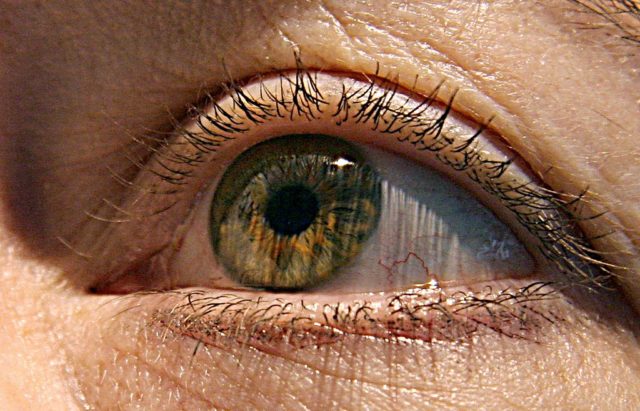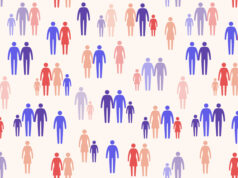
For the second time in 16 months, Unity Biotechnology is restructuring its operations. The developer of drugs to treat diseases of aging is cutting its headcount in half to ensure its cash reserves last through key data readouts for its lead therapeutic candidate, a drug in mid-stage development for two eye disorders.
The corporate shakeup will leave Unity with about 34 employees by mid-year, the South San Francisco-based company said in its announcement after the market close Thursday. In a regulatory filing, Unity said that it will incur a one-time benefits and severance charge of about $1.8 million. The company expects to save enough cash to carry the company into the first quarter of 2023. At the end of the third quarter of last year, Unity reported $21.9 million in cash and cash equivalents.
Unity aims to treat diseases of aging by addressing the accumulation of senescent cells, which are older cells that have stopped dividing. These cells continue to secrete proteins that lead neighboring cells to also become senescent. According to the company, the result is aged or diseased tissue that underlies a variety of age-related conditions.
In the eye, Unity’s target is the Bcl-2 family of proteins, which regulate the balance between cell survival and cell death. Unity says senescent cells rely on BcL-2 proteins to survive and accumulate in tissue. Lead drug candidate UBX1325 is a small molecule designed to block one particular protein called Bcl-xL; doing so is intended to lead to the death of senescent cells. Unity licensed rights to the molecule from Ascentage Pharma. That China-based biotech retains rights to the drug for applications in cancer.
Unity had advanced UBX1352 to mid-stage clinical testing. The company expects 12-week data from a Phase 2a study in diabetic macular edema by mid-year, as well as 24-week safety and efficacy data from that same study by the end of the year. Separately, 16-week safety and efficacy data from a Phase 2 study in the wet form of age-related macular degeneration (AMD) are expected in the fourth quarter of this year. The drug is also being evaluated in an additional group of patients who have wet AMD. The company expects 24-week data from that Phase 1 study will become available in the first half of this year.
In addition to developing drugs that target senescent cells, Unity is also exploring other biological drivers of aging. A preclinical program is targeting Tie2, a protein associated with the function of the barrier that regulates the flow of materials into and out of the retina. The company said it expects to select a Tie2 candidate in the middle of this year.
Unity said that most of the job cuts are in drug discovery research. The corporate restructuring is putting Unity’s neurological drugs on pause. The company’s pipeline has two neuro programs, one for cognitive disorders and another for neurodegenerative conditions. Both are preclinical.
“It was a difficult but prudent decision to align our resources around our ophthalmology programs and I believe this sharpened focus will propel us forward to key milestones, including Phase 2 data inflection points this year,” Unity CEO Anirvan Ghosh said in a prepared statement. “These datasets could represent a transformative therapeutic option for patients based on UBX1325’s novel mechanism of action.”
Ophthalmology was not the first target of Unity’s drug research. The company’s former lead program was a drug that targeted senescent cells associated with osteoarthritis. In 2020, that drug failed a Phase 2 study, sparking a corporate restructuring that slashed headcount by 30%. The restructuring refocused the company around its ophthalmology assets, including UBX1325, which was preclinical at that time.
Photo: Karen Bleier/AFP, via Getty Images








